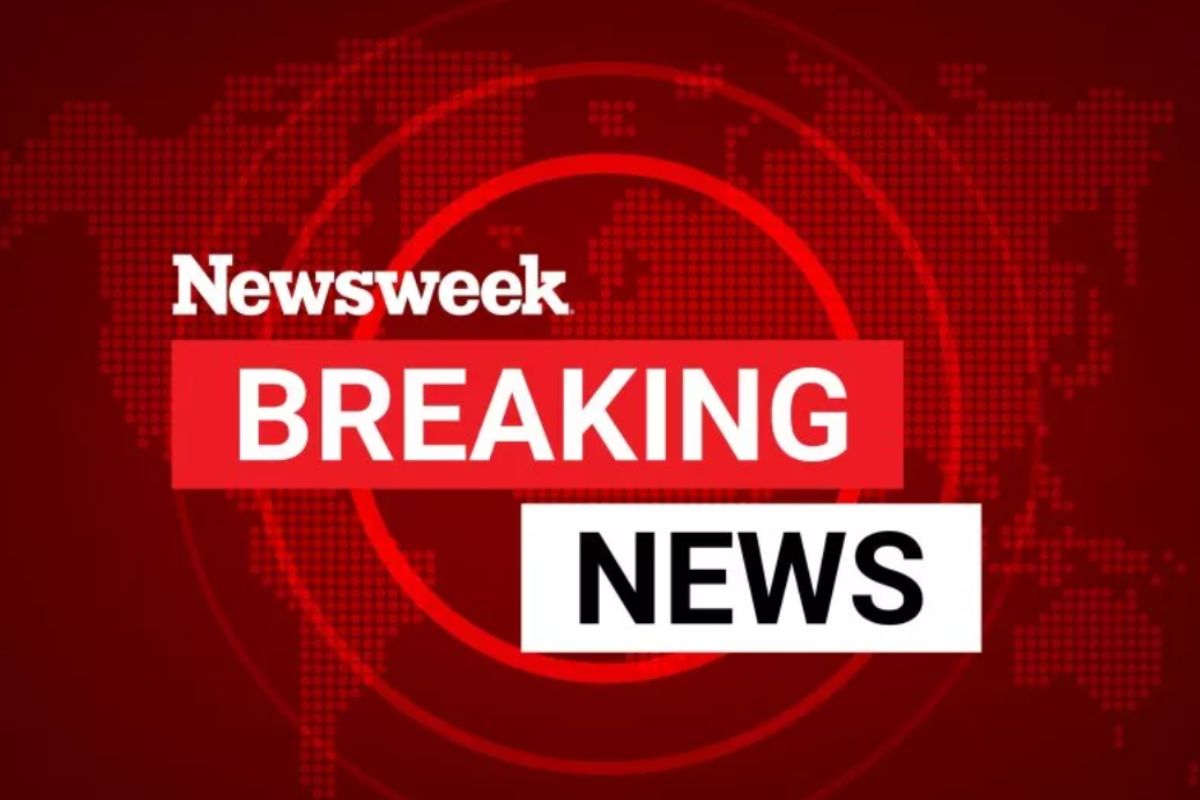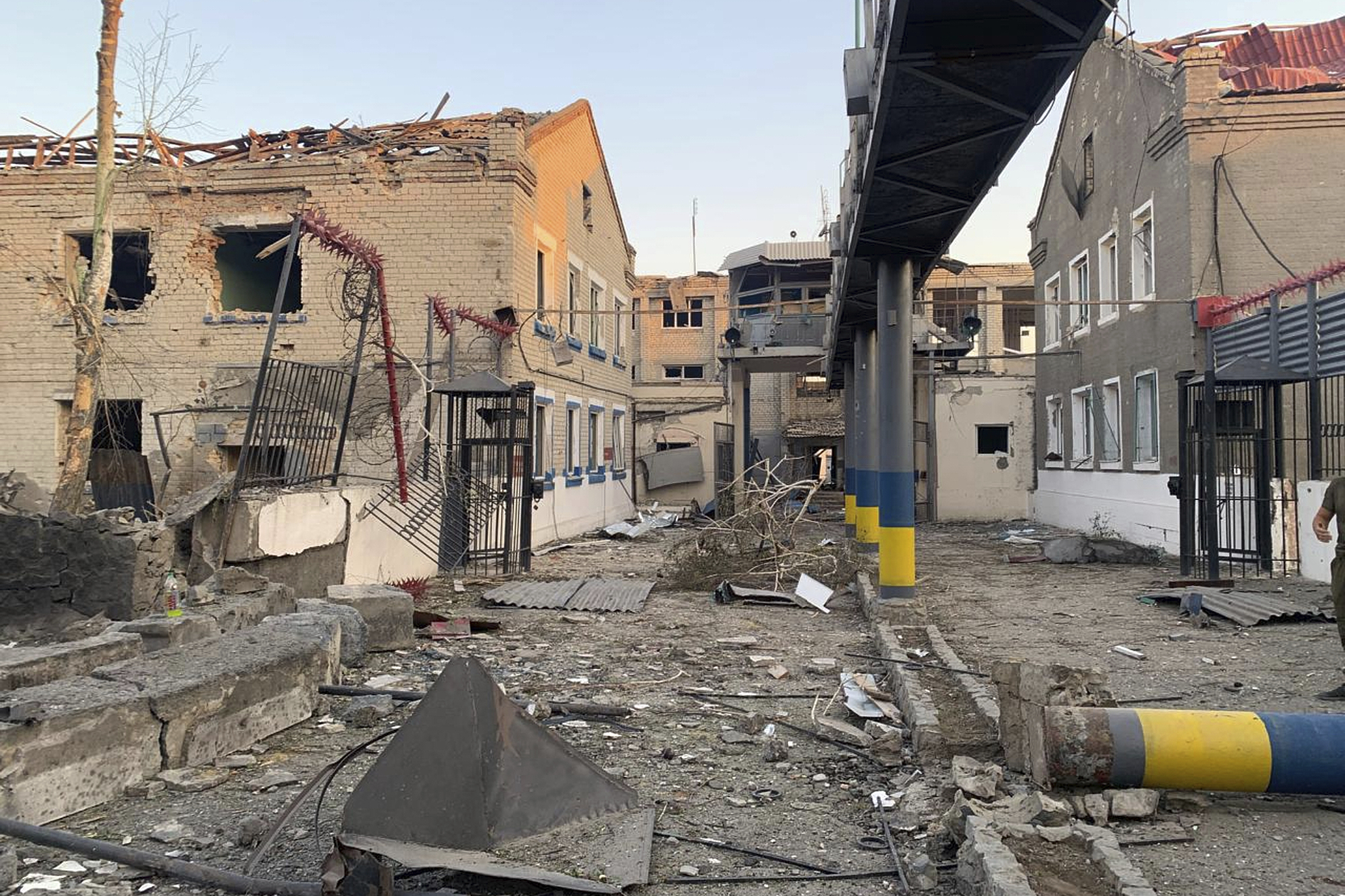🎙️ Voice is AI-generated. Inconsistencies may occur.
Russian President Vladimir Putin's forces have made small advances in Ukraine's Donetsk region, although Kyiv is continuing to apply pressure in Russia's Belgorod Oblast, as a map shows the state of play on parts of the front line.
On the diplomatic front, the Kremlin said Monday it was continuing to build its ties with Washington after Donald Trump had told NBC that he was angry with Putin casting aspersions on the legitimacy of Ukrainian President Volodymyr Zelensky.
The U.S. leader also threatened to sanction Russian oil, but Moscow has touted cooperation with Washington on rare earths—a focus for Trump who warned Zelensky not to renege on a deal for Ukrainian minerals.
Why It Matters
Speculation over whether Putin will accept a broader pause to the war or a Black Sea ceasefire mounts while fighting on the battlefield appears to continue to deliver him momentum.
But gains in another Russian region such as Belgorod could draw Russian troops away from Kursk where Kyiv is fighting to hold on to territory; both regions offer bargaining chips for an end to the war whose diplomacy is becoming evermore complicated.
What To Know
Russian forces have advanced in the Donetsk region, and Ukraine continues to make incremental gains in Belgorod, according to the Institute for the Study of War (ISW).
The Washington, D.C.-based think tank said geolocated footage showed Russian advances on Saturday took place east and northeast of Kupiansk where pro-Moscow military bloggers also claimed success.
The ISW also said Russian forces had advanced in the Western outskirts of Toretsk and southwest of Pokrovsk. In the latter, a critical logistics hub, a Ukrainian brigade managed to repel a Russian assault, the ISW added.
Ukrainian troops also made small gains in the Belgorod region in Western Russia bordering Ukraine's Sumy, Kharkiv, and Luhansk Oblasts from where Moscow has launched many attacks.
Emil Kastehelmi, a military analyst from Finland-based Black Bird Group, told Newsweek that Ukrainian forces had advanced to Demidovka and possibly one or two other border villages. However, they were unlikely to gather a strong enough force to break through in Belgorod and threaten important Russian logistic routes or cities.
But there would be little to gain strategically in this direction and there was no proper element of surprise, Kastehelmi said.
The Russian presence in the area is strong enough for defensive operations to restrict Ukrainian attacks and so was likely a fixing operation, Kastehelmi added.
Russia Begins Talks With US Over Joint Mineral Deposit Ventures
Away from the battlefield, Trump has warned that Zelensky would face "big problems" if Kyiv did not agree to a deal for Ukrainian minerals in return for American aid as he seeks to take on China's supremacy in the area of rare earths.
Meanwhile, a possible agreement between Russia and the United States on mineral projects is developing, Kirill Dmitriev, CEO of the Russian Direct Investment Fund (RDIF), told the Russian newspaper Izvestia.
Dmitriev was present at Russia's first talks with the U.S. in Saudi Arabia. Vasily Astrov, from The Vienna Institute for International Economic Studies, told Newsweek that the discussions showed Moscow's intentions to work with the U.S. in economic and strategic endeavors, such as hydrocarbon exploration in the Arctic.
Amid Trump's rhetoric about cutting aid to Ukraine, there still appears to be considerable cooperation between Kyiv and Washington on the battlefield.
The New York Times reported how Ukrainian generals have been working with American military personnel in Germany, planning military operations.
A U.S. base in Wiesbaden, Germany, supplied Kyiv with the coordinates of Russian forces on their soil. Also, American military personnel and CIA agents helped Ukrainians identify targets, including command points of Russian units attacking Ukraine.
Both countries also worked together to draft plans for military actions, including counteroffensives in the Kharkiv and Kherson regions, The New York Times added, citing interviews with officials from the U.S. and allied countries.

US 'Cosplaying Russia' With Trump's Greenland Bid: Putin Ally
On Russian state television, Putin ally Margarita Simonyan told Channel 1 that Trump's eye on acquiring Greenland was taking a lead out of Putin's playbook.
Following the visit of Vice President JD Vance to the semiautonomous island, which is part of the Kingdom of Denmark, the head of the RT channel compared the Trump administration's stated wish to get Greenland to Putin's own expansionist goals in Crimea, which Russia annexed in 2014.
"The United States is cosplaying Russia," Simonyan said, according to Russian outlet Vesti.
However, she also told Sunday Evening With Vladimir Solovyov that the difference was that the U.S. did not care about the opinion of Greenlanders, but Moscow did care about the fate of those in Crimea.
Michael J. Williams, associate professor at Syracuse University, New York, told Newsweek that Trump's concerns are about Arctic security, and Greenland is a gateway to the region.
"However, his national security concerns about Russia and China can be easily accommodated by Denmark and Greenland within the NATO context," Williams said.
What People Are Saying
Emil Kastehelmi, military analyst from the Black Bird Group, said: "The Ukrainians have been putting pressure in the Belgorod border area for over a week now. They advanced to Demidovka and possibly one or two other border villages, but there's been no indication of further gains."
Kirill Dmitriev, CEO of the Russian Direct Investment Fund (RDIF), said per Izvestia: "Rare earth metals are an important area for cooperation, and we have certainly started discussions."
What Happens Next
Trump's broadsides at both Putin and Zelensky suggest that the diplomatic path to a ceasefire in Ukraine remains a long one. The process coincides with the pursuit by Moscow and Washington for a stronger economic partnership.
About the writer
Brendan Cole is a Newsweek Senior News Reporter based in London, UK. His focus is Russia and Ukraine, in particular ... Read more




